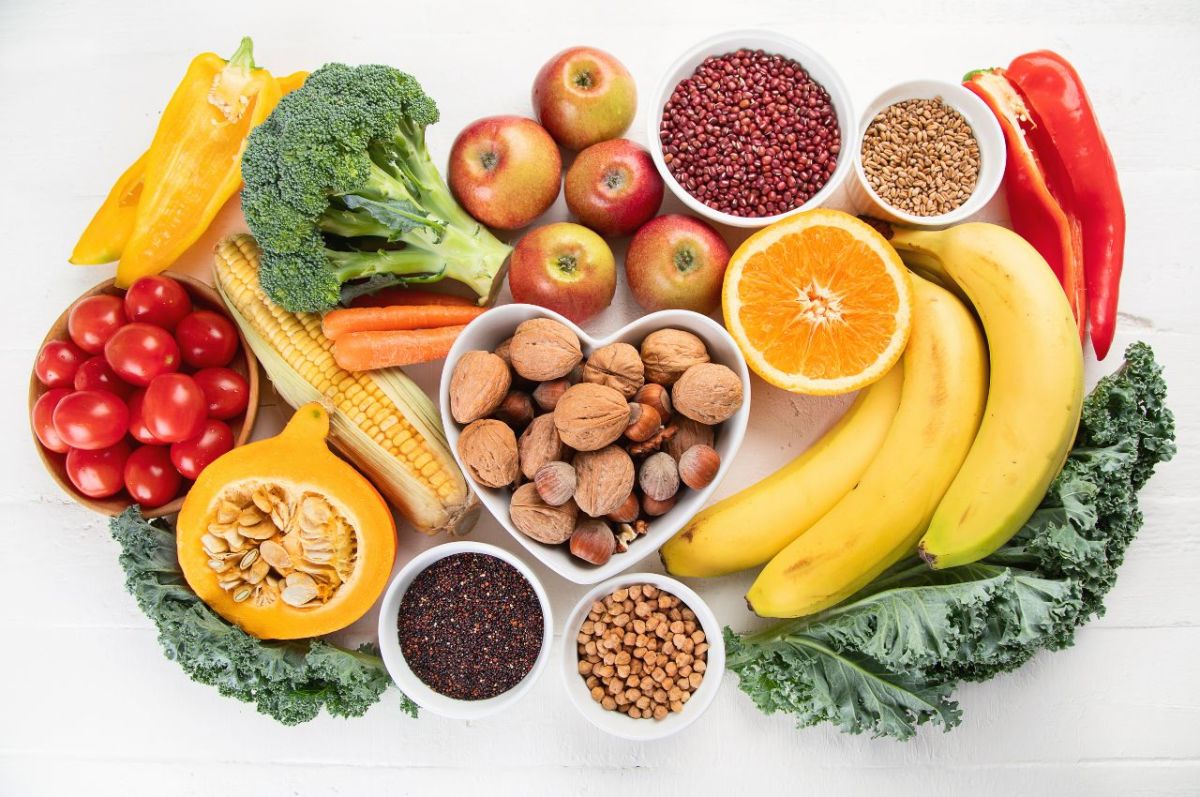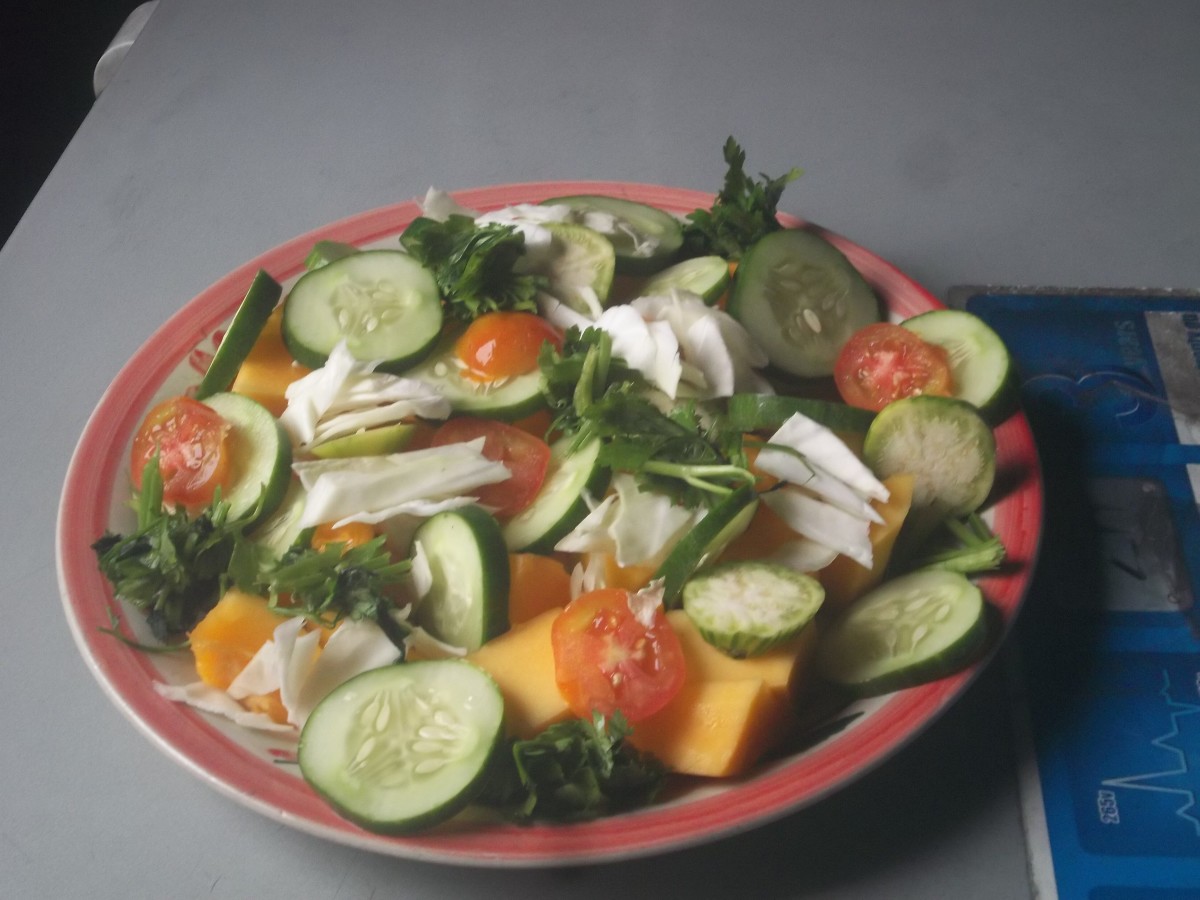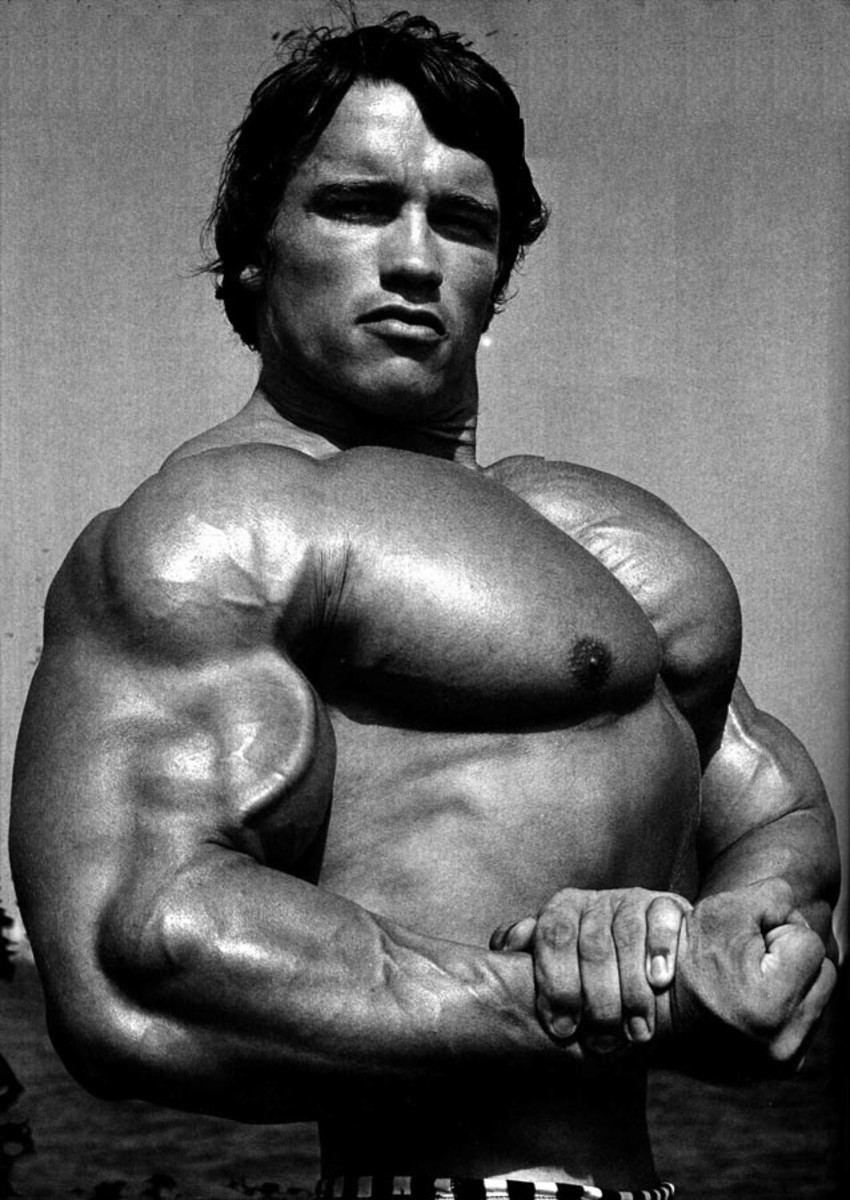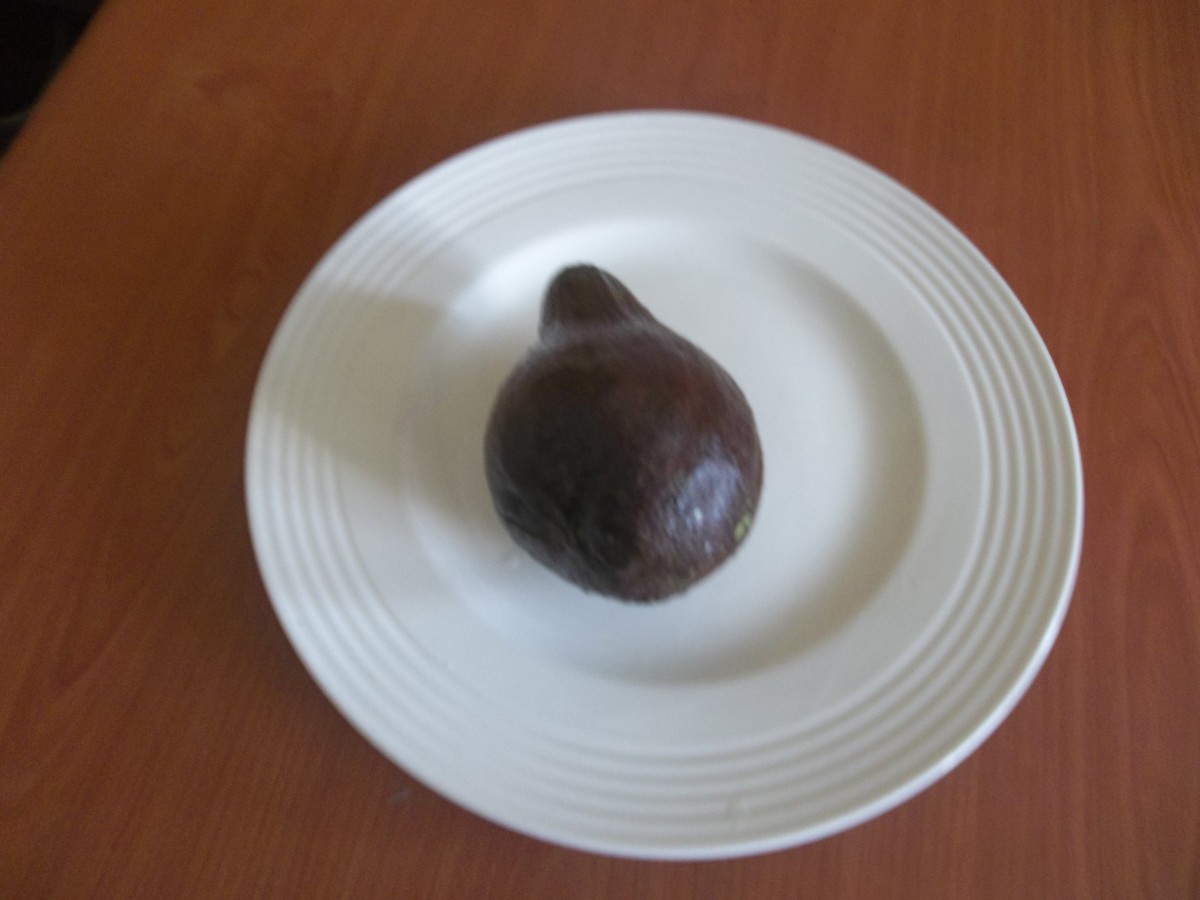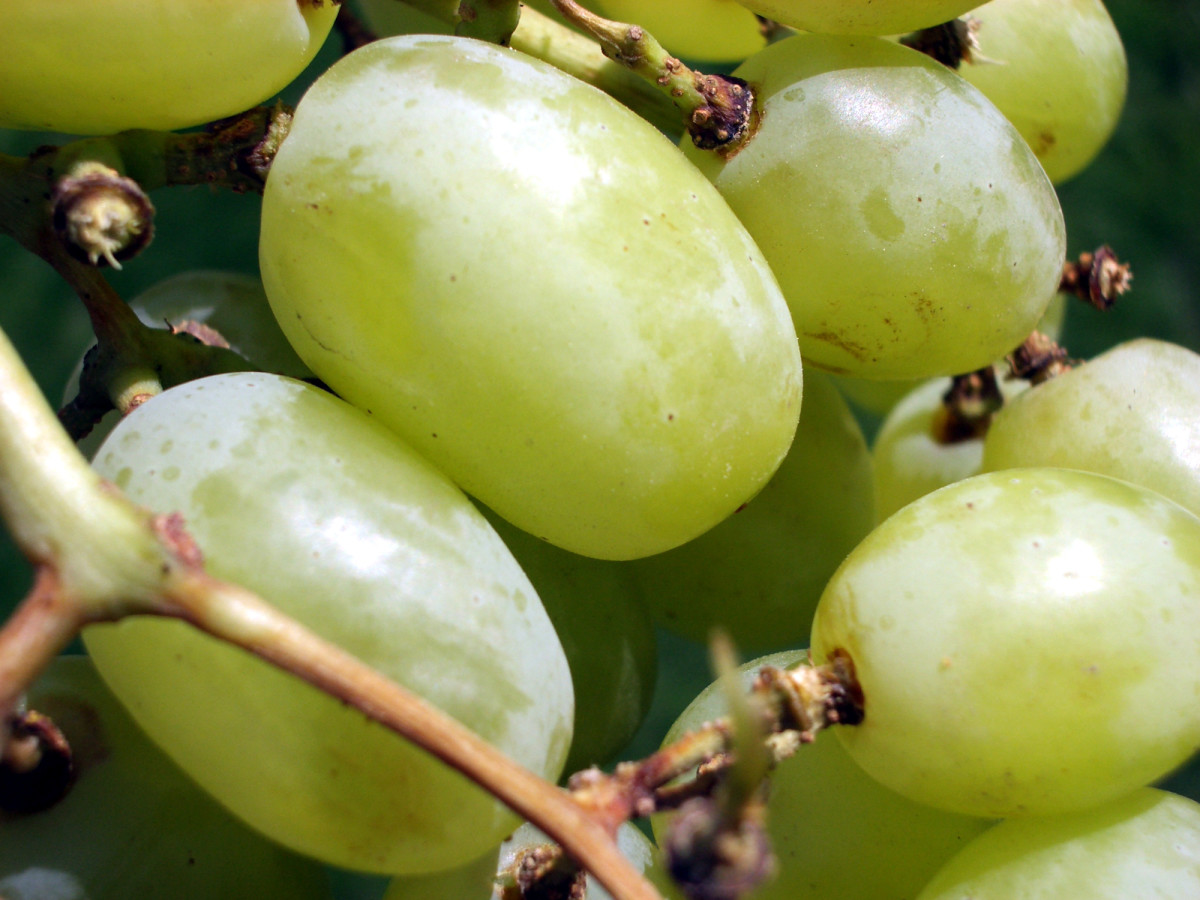A Balanced Diet Plan for Good Health
A Balanced Diet
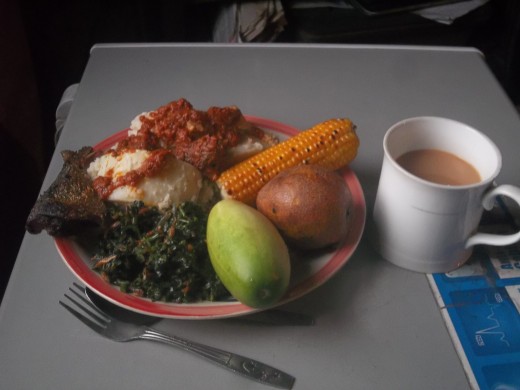
Introduction
A balanced diet contains all the daily-recommended allowances of nutrients from food: vitamins, mineral matters, and trace elements, especially from fruits and vegetables. This variety is what people mostly miss in their daily diet.
A pharmacist once told my wife to eat good food rather than depend on multi-vitamin supplements, which have no energy. Food in the form of fruits, vegetables, and proteins, deliver the essential energy for the body to work properly. Carbohydrates (carbs) and/or fats will provide additional energy. Yet, eating proteins, fats, and carbs is not enough. You will be lacking other essential nutrients that spark good health. This is why a balanced diet is vital. I write this article to describe the main facets of a balanced diet.
Contents:
1. What is a balanced diet
2. Food nutrients
3. Food composition
4. A good diet health plan
5. Types of balanced diet
6. A balanced diet example
7. A balanced diet rich in nucleic acid for de-aging
8. Conclusion
9. References
What Is a Balanced Diet?
Briefly, a balanced diet is a varied diet. If you eat two pieces of mango and guava fruit, you will feel more energetic and zestful for hours. This is because these fruits supply carbs, glucose, traces of polyunsaturated oils and proteins, vitamin A, B-complex, C, K, and minerals like iron, potassium, magnesium, manganese, phosphorus, a minute quantity of omega -3 and -6 fatty acids, and sufficient dietary fibers.
This is a simple balanced meal, but the quality and quantity are not sufficient. If you conduct the same test with a protein, fat or carbohydrate, or a combination of these three foods, you will get lethargy. There is something lacking in the carbs, oil, and protein combination. In other words, a balanced diet will ensure that you get all the recommended dietary allowances for good health and will include fruits, leafy greens, roots, spices, and water.
Food Nurients
Professor Truswell, in his ABC of NUTRITION, states that the food nutrients that a person requires are more than 9 essential amino acids, (23 already exist and more are exploring) omega -3 and -6 essential fatty acids, 13 vitamins, and 17 minerals. In a diet of naturally varied mixed food, all the nutrients can be present sufficiently. Dr. Frank said that only eight essential amino acids the body cannot make are what we have to get from animals into our diets. These will come mostly from seafood, specific sardines, oysters, mackerel, herring, clams, and salmons, shrimp, anchovies, and tuna; meat liver, brain, heart, and kidney; and milk, these he says are rich in nucleic acids; plus a combination of seeds, nuts, and grains, along with fruits and vegetables. Vegetarians do not eat animal products and will be missing vitamin B12 in their diet.
The body cannot make B-12 and the only source is animal extracts. Sprinkling half a teaspoonful of nutritional yeast on your chops can help. A food guide or the food pyramid that I have studied provides the guideline. Try to take advantage of eating unfamiliar foods in the markets, such as leafy greens, carbs, roots, and root tubers. Specific examples include kale, broccoli, Brussels sprouts, and cabbage; brown
or semi-polish rice, millet, wheat, corn, and bean; yam, potatoes, cocoyam, radish, and corm. Green vegetable yam is a tendril that grows on the stalk and not underneath, and cocoyam is nutritious. The shoot and leaves of the latter can be cooked and eaten. It is commercially pickled and exported.
Seafood
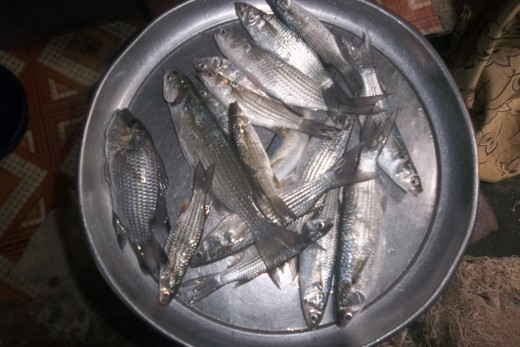
'No animal can live on a mixture of pure protein, fat, and
carbohydrates, and even when the necessary inorganic material is
carefully supplied the animal still cannot flourish. The animal body
is adjusting to living upon plant tissues or the tissues of other
animals and these contain the countless substance other than the
proteins, carbohydrates, and fats- Frederick G. Hopkins
Food Composition
we get our composition of foods from:
1. Fruits and vegetables.
2. Proteins.
3. Carbohydrates or carbs.
4. Fats or oils.
5. Water.
The smart eater combines two or three of these various proportions:
two greens, fruits, proteins, carbs, and fats. Add a handful of nuts
and seeds. Notice that I start the list of fruits and vegetables,
instead of carbohydrates, fats, and proteins. This is why poor eaters
stuff their bellies with unnecessary amounts of carbs, fats, and
proteins. Their chop plate may be more than 55% carbs, 20% fats, 20%
protein, fruits, and vegetables 5% or less, an insignificant amount
indeed!
Balanced Your Diet
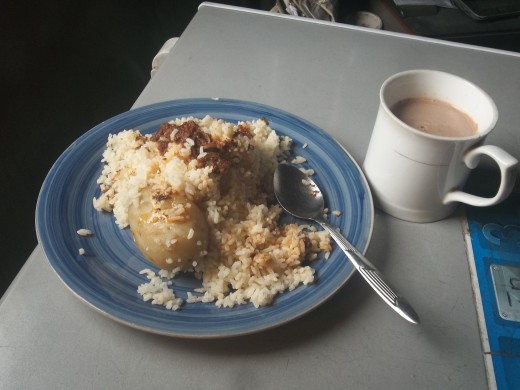
Fruits and Vegetables
Man is both a fruitarian and a vegetarian. The factors for
vegetarianism are trending fast and will later be a revolution for all
persons. We miss fruits and vegetables much in our diets in preference
for convenience foods. However, plant foods should be the priority.
They provide the vitamins, mineral matter, and trace elements our
body requires for good health. This also adds zest and punch to life.
Fruits like limes, oranges, sweet melon, pawpaw, cucumber, and mangoes
on the top of my list. Vegetables will include leafy greens such as
broccoli, cabbage, Brussel sprout, and kale, lettuce, and spring
onions; legumes like green peas and green bean, white and Blackeye
bean, red bean, lentils; roots like carrots, sweet potatoes, and
spices like fresh onions, garlic, leek, parsley, ginger, and curry.
These are easily digestible and absorbed by the body, and provide
immediate energy. I add plenty of fruits and vegetables regularly to
my chops. I stock my freezer with such foods. Take them as a good
morning breakfast or as a snack. They help regulate your body weight
and control your blood pressure.
Fruits and Vegetables Provides Vitamins and Minerals Except B-12
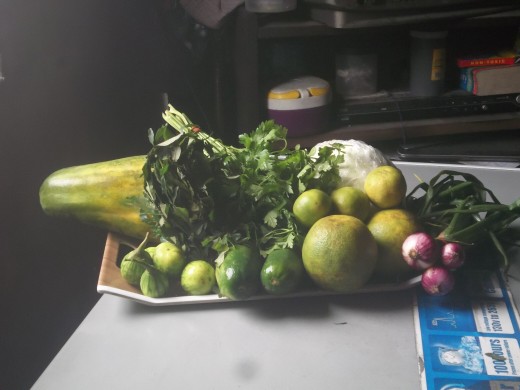
Protein
This is the next most important food to eat after fruits and vegetables. The need for protein is more than that for fats or oils. That is why “my plate” tells you to take “a little oil” in your foods. Proteins provide the building block or amino acid for the body and brain. The nails, hair, skin, muscles, bones, ligaments, and nerves of the body are composed chiefly of protein. Collagen, which is a joint tissue, is made of protein. It is surprising to know that 40% of the bone is protein. Persons require between 45 to 70 grams of protein daily. You can get high qualities from kinds of seafood, lean meat, milk casein, yogurt, chicken, chia seeds, soybean, and groundnuts.
Carbohydrates
Carbs are primarily starch and sugar that provide immediate energy. During preparation, processing, and cooking, most lose their essential nutrients, except starch. Carbs come in the form of cereals, grains, and root tubers. Hence, some carbs are fruits and vegetables like mangoes, carrots, and corms. They are two sides of a carbohydrate, complex, and refined carbs. You are well off with complex carbs as these contain many food nutrients that are required in a healthy diet. Refined carbs have up to 90% of essential nutrients removed, leaving only pure starch like white rice, white bread, and white flour. The long period of cooking will also destroy the remaining nutrients so it is better to cook rice, yam, and cocoyam for 30 minutes.
Fats Or oils
Fats and oils are other foods required by the body. Fats provide two times the energy needs of carbs or protein. Nowadays, the WHO, recommends very ‘little’ use of fats, except in cold climates or harsh conditions. This is because fat tends to deposit in the bloodstream, causing heart-related diseases. The fats in question are manufactured and saturated, yet the sensible use of animal and polyunsaturated fats is highly recommended.
These contain essential omega -3 and -6 health factors. Only traces of these may be found in fruits, such as mango and dragon fruits. Besides providing energy, the oil serves as a lubricant for the internal organs like the nose, ears, joints, and skin surface. Oils from seeds and nuts are polyunsaturated, but animal fats, while essential for their fatty acids, need not be taken in excess. Meat, fish, egg yolk, and butter are good fats.
Peanuts
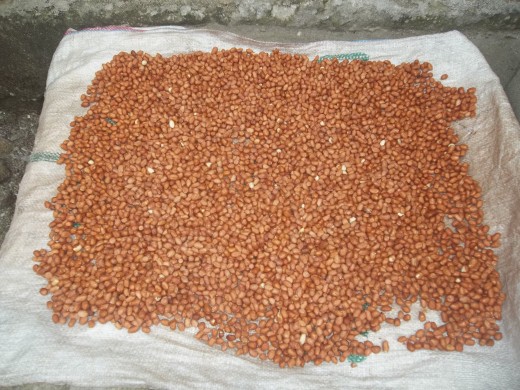
Water
Water is a portion of food. It has no energy value but aids in digestion, solution, and transport of food nutrients minerals, vitamins, amino and fatty acids. It is a nutrient for every cell and helps hydrate the body. Water is one of the most important fuels for the body for, without it, man will die. You can eat all the fruits that have 90% water like cucumbers and watermelon. Nevertheless, you still need pure water to aid your digestion.
Types of Balanced Diet
I can easily identify five types. This is briefly discussed below. Balanced Diet for:
1. Vegans or vegetarians: they do not eat meat, fish, or animal products. Vitamin B12 becomes an issue. By combining grains, seeds, nuts, and roots, along with fruits and leafy greens, including spices, this question can be easily taken care of. All the foods should be taken together at one meal and not separately.
2. Growing Children: growing children's needs are quite different from adults. Their need to be introduced to various foods as early as possible. Milk, various kinds of seafood, lean meat, greens, nuts, seeds, and fruits should be introduced very early. Cakes and sugary foods should be avoided. Each child should be served according to their eating habits.
3. The Elderly: you should eat to stay energetic, maintain your weight, and lower any risk of chronic health diseases like diabetes. Eat natural whole meal foods rich in vitamins, minerals trace elements, and fibers. Eat fish protein, and eat a meal like the Mediterranean Diet. Brown bread spread with peanut butter is good.
4. Pregnant Women: additional energy requirement of 300 calories to move the “heavy body.”
5. Nursing Mothers: In addition to the normal meal, folate and iron should be doubled.
In all, fruits, leafy greens, nuts, seeds, and spices take half of the chop plate.
Fruits and Vegetables First
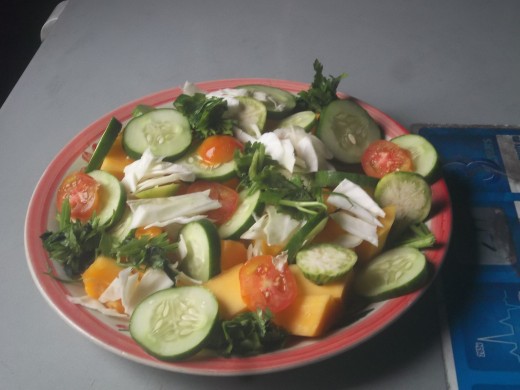
A Good Diet Plan
With all these said of the nutritional basic composition of foods, we can make a daily diet plan for our benefit. The best way to do this is to take a look at the Food Pyramid or Choice My Plate where healthier guidelines rectified by the World Health Organization are provided. Then, half of a chop plate is leafy greens and fruits. This provides most of the vitamin, minerals, and trace elements, that helps digestion and can be up to 55% or 65% of the content of the diet. Next comes the carbs or cereals and grains in the form of wholemeal bread, biscuits; potatoes, and yams (2 servings), have a handful of peanuts along with these. A small amount of oil or butter for the bread, biscuits, yams, and potatoes with 2 servings of fish, meat, or egg protein. The fats and oils, and proteins mentioned here are only suggestions as you can do with your favorites. Along with this comes a glass of diluted fruit juice or milk that provides the water.
A Balanced Diet Is Varied
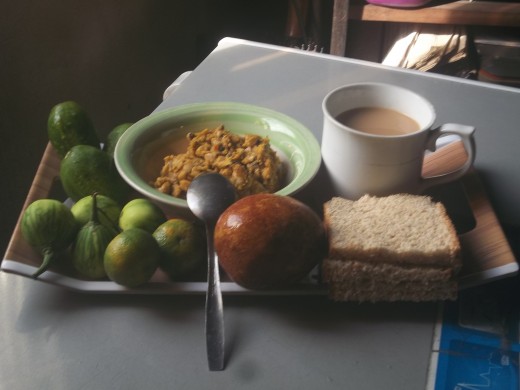
Plan Your Diet
view quiz statisticsA Balanced Diet Example
1. Fruits: wi mango, fresh apricot, pawpaw, cucumber, garden eggs,
cantaloupe or sweet melon, and limes.
2. Vegetables: cabbage, parsley, mint, broccoli, Brussels sprouts, and basil.
3. Carbohydrates: wholemeal bread, yam, and fried potatoes.
4. Side dish: peanuts or cashew nuts.
5. Oils or fats: butter 10 g for bread or olive oil, or unbleached
palm oil for cooked yam.
6. One cup of tea with milk.
7. Water: 1 glass.
This is one picture of breakfast for my family. I can go on varying
the diet to suit any time of the day or night.
A Balanced Diet
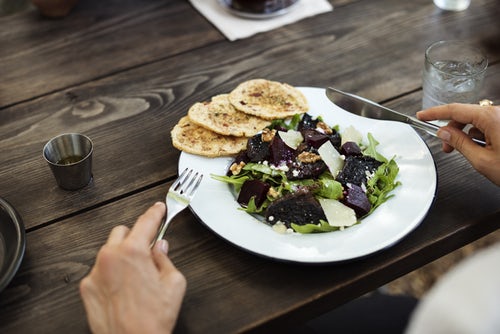
A Balanced Diet Rich in Nucleic Acid
Dr. Benjamin S. Frank has revolutionized the normal balanced diet in such a way that the best thing about it is you regained your youthfulness, and if you are younger, old age is retarded. It is an anti-aging diet. His nucleic acid diet carries with it all the foods in a normal diet but is enriched with seafood or foods that are rich in nucleic acid. 'Of the twenty-one meals we eat each week' he opines,
'the diet involved only eight or ten. The food is easy to find, in fact, there are on most restaurant menus'. But some people eat only five of them in a week or less on my observations. He recommended “a variety of foods rich in nucleic acids, plus fluids and vitamins.” The fluids are fruit juice and dilute milk. For seven days in the week, you have to eat seafood spread out daily as canned sardines for the first four days; salmon on the fifth day; shrimp, lobsters, squids, clams, or oysters as the main course on day six; and another kind of seafood I suggest small mullets on the seventh day.
Eat liver once a week. Twice a week, eat beet or beet juice; also, eat lentils, peas, Lima, or soybeans. Each day of the week eats either 'asparagus, spinach, cauliflower, or celery'. 'Each day, take one strong multivitamin after any meal'. Two glasses of milk are to be taken daily. A glass of natural fruit or vegetable juice, and four glasses of water daily. The water is increased when the weather is very warm. For the last three meals, milk, fruit juice, and water are compulsory. No alcohol, beers, spirits, and wines allowed. But you can be moderate with half or one glass of wine.
Conclusion
A balanced diet is easy to make. Varying your foods daily is all that is the need. Have at most two or three different food items from fruits, vegetables, proteins, and oils or fats daily. Taking a keen interest in eating foods from other 'cultures' will
enhance your health.
References
-
ABC of NUTRITION, A. Stewart Truswell, BMJ Books, London.
-
Health Science and Physiology for Tropical Schools, by F. Daniel, Oxford University Press, London.
-
No-Aging Diet: Eat and Grow Younger, by Dr. Benjamin S. Frank, MD The dial Press, NY.
-
Nutrition: A Consumer’s Guide to Good Eating, by Sheila Bingham, CORGI Books, London.
This content is accurate and true to the best of the author’s knowledge and does not substitute for diagnosis, prognosis, treatment, prescription, and/or dietary advice from a licensed health professional. Drugs, supplements, and natural remedies may have dangerous side effects. If pregnant or nursing, consult with a qualified provider on an individual basis. Seek immediate help if you are experiencing a medical emergency.
© 2018 Miebakagh Fiberesima



